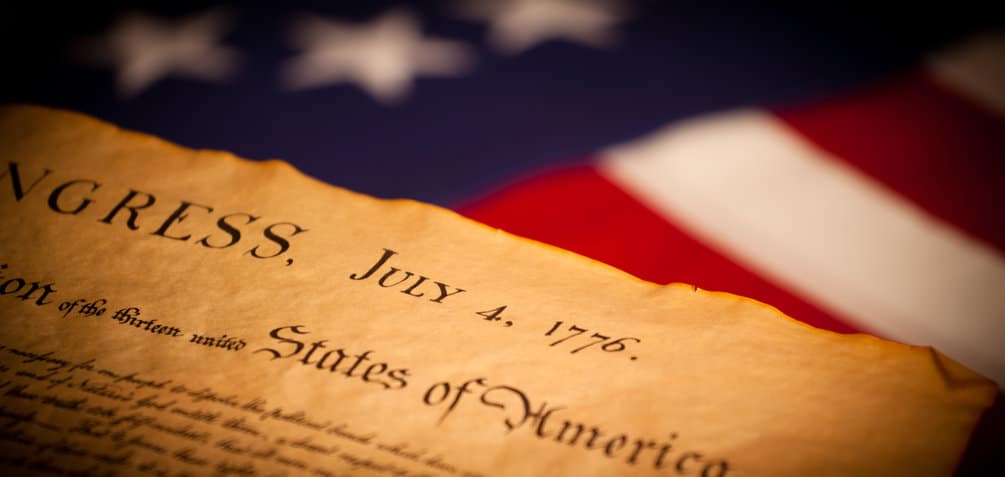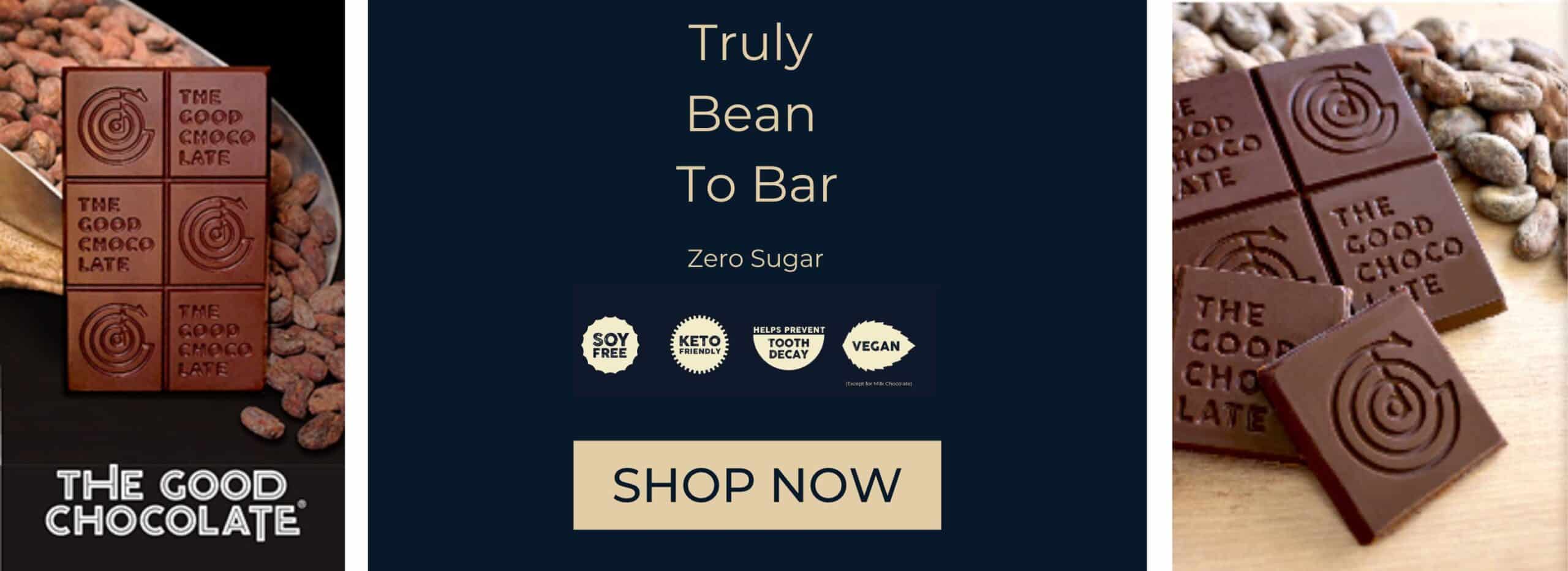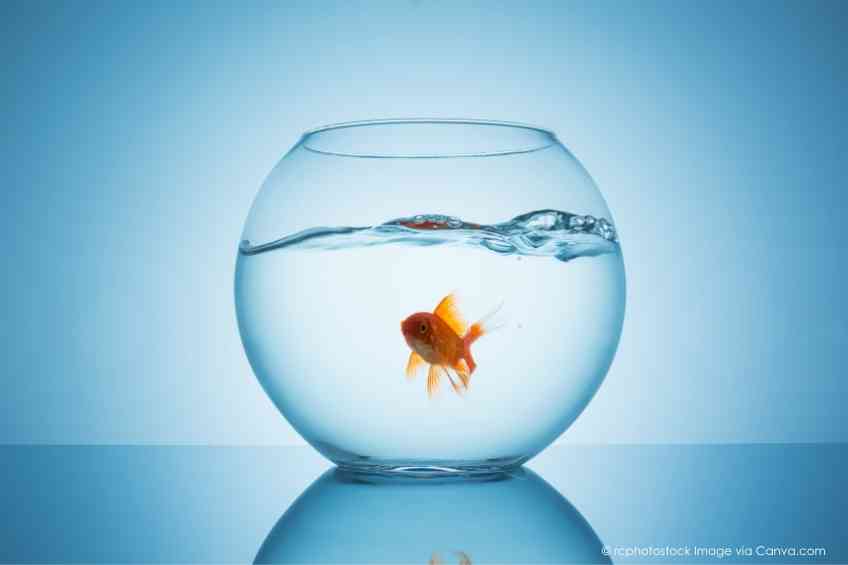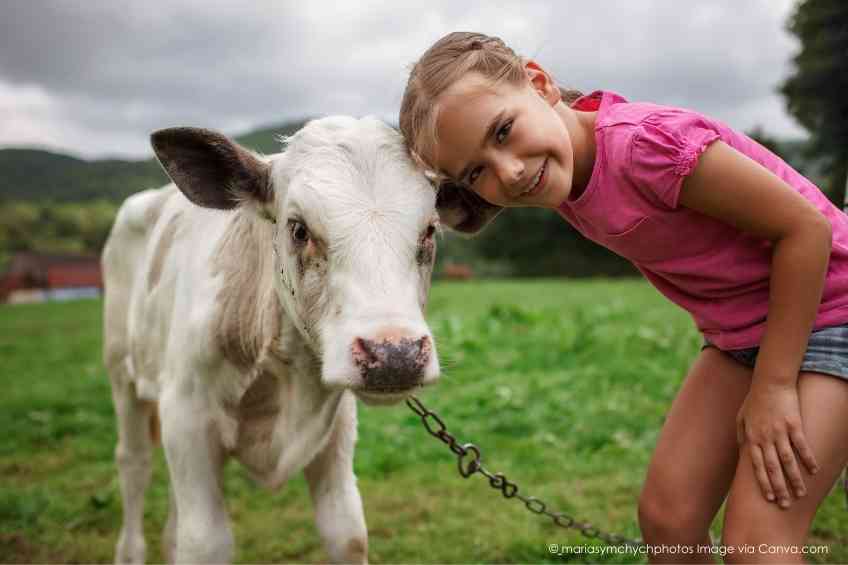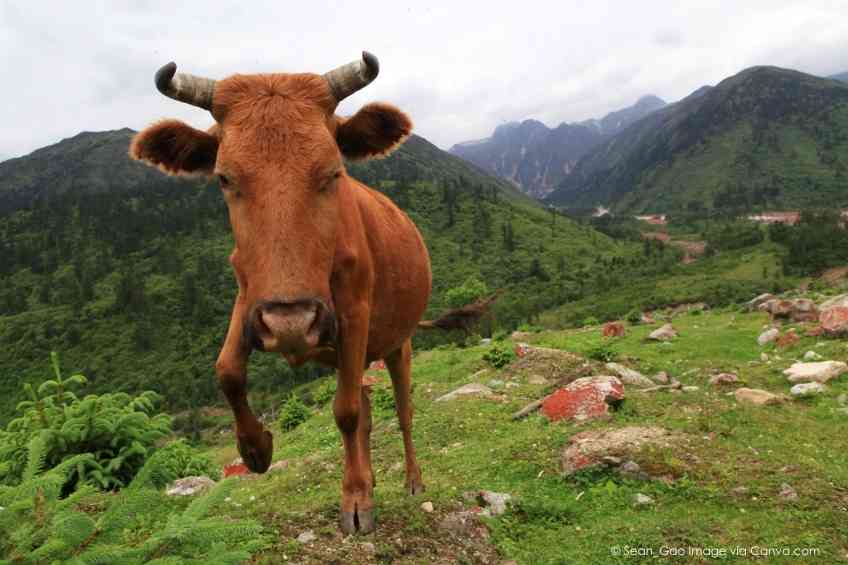By John Salak –
There is almost nothing better than a July 4th barbeque to celebrate America’s independence and to reward liberty-loving stomachs from sea to shining sea.
Of course, some founding fathers would argue that Independence Day is actually July 2nd when the Continental Congress voted for independence and not on July 4th when the representatives formally adopted the Declaration of Independence. But why quibble over 48 hours.
Some founding fathers, like brilliant but admittedly annoying John Adams, already had an inkling that independence was meant to usher in a big holiday regardless of whether it was celebrated on the 2nd or 4th.
Adams, in fact, laid it all out to his partner in the revolution Abigail soon after the declaration’s ink was dry.
“[Independence Day] will be the most memorable Epocha, in the History of America. I am apt to believe that it will be celebrated, by succeeding Generations, as the great anniversary Festival. It ought to be commemorated, as the Day of Deliverance by solemn Acts of Devotion to God Almighty. It ought to be solemnized with Pomp and Parade, with Shews, Games, Sports, Guns, Bells, Bonfires and Illuminations from one End of this Continent to the other from this Time forward forever more,” he wrote to her.
Of course, what Adams did not lay out was the July 4th menu for succeeding generations of Americans. But drinks of all kinds—beer, wine, ale, cider, whiskeys, port and more, were in plentiful supply from the first anniversary in 1777 onward. But what about eats? Well, they kind of evolved over time.
Rumor has it, though no proof exists, that John and Abigail chowed down on turtle soup, New England poached salmon with egg sauce, green peas and boiled new potatoes in jackets to celebrate independence going forward.
Records also indicate that Philadelphia kicked off the whole July 4th theme by throwing itself a fine and raucous party on July 4th, 1777. The bash included a parade complete with a wild crowd waving the red, white and blue that later morphed into a “great dinner” for the new nation’s notables, which ended with a “grand exhibition of fireworks.”
The menu from that great dinner hasn’t survived, but Adams did write to his daughter that there were lots of toasts “in honour of our country, and the heroes who have fallen in their pious efforts to defend her.”
Okay, but what about the barbeques and the big bashes for the hoi polloi? Thomas Jefferson is to thank for that. He was the first to open the White House to a massive July 4th celebration in 1801 when he greeted diplomats, civil and military officers, citizens, and Cherokee chiefs in the oval saloon, now the Blue Room.”
The White House itself now reports that at the party “the Marine Band played in the Entrance Hall while on the north grounds a festival took place—complete with horse races, parades, and food and drink.”
The whole barbeque theme really took off as the country found its footing in the decades that followed. In 1788, for example, thousands of Philadelphians “ate thousands of pounds of barbecued beef and lamb after a July 4, 1788, procession through the city.” A year later, while hanging out in Paris, that party-animal Jefferson may have held the first overseas July 4th celebration when he hosted a barbecue dinner for scores of American expatriates.
Admittedly, it is hard to say if any of these early July 4 dinners that included turtle soup, poached salmon, barbequed ox and more were any good or even healthy. But they sound like a lot of fun. If nothing else, they could probably hold their own with a grill full of Oscar Mayer wieners and associated burgers.

